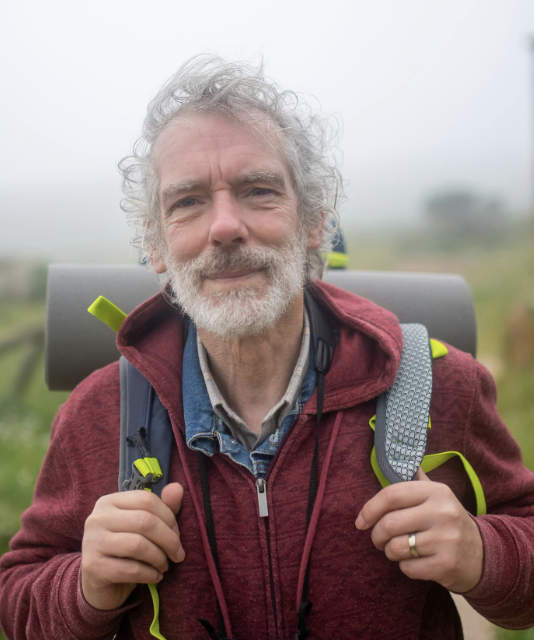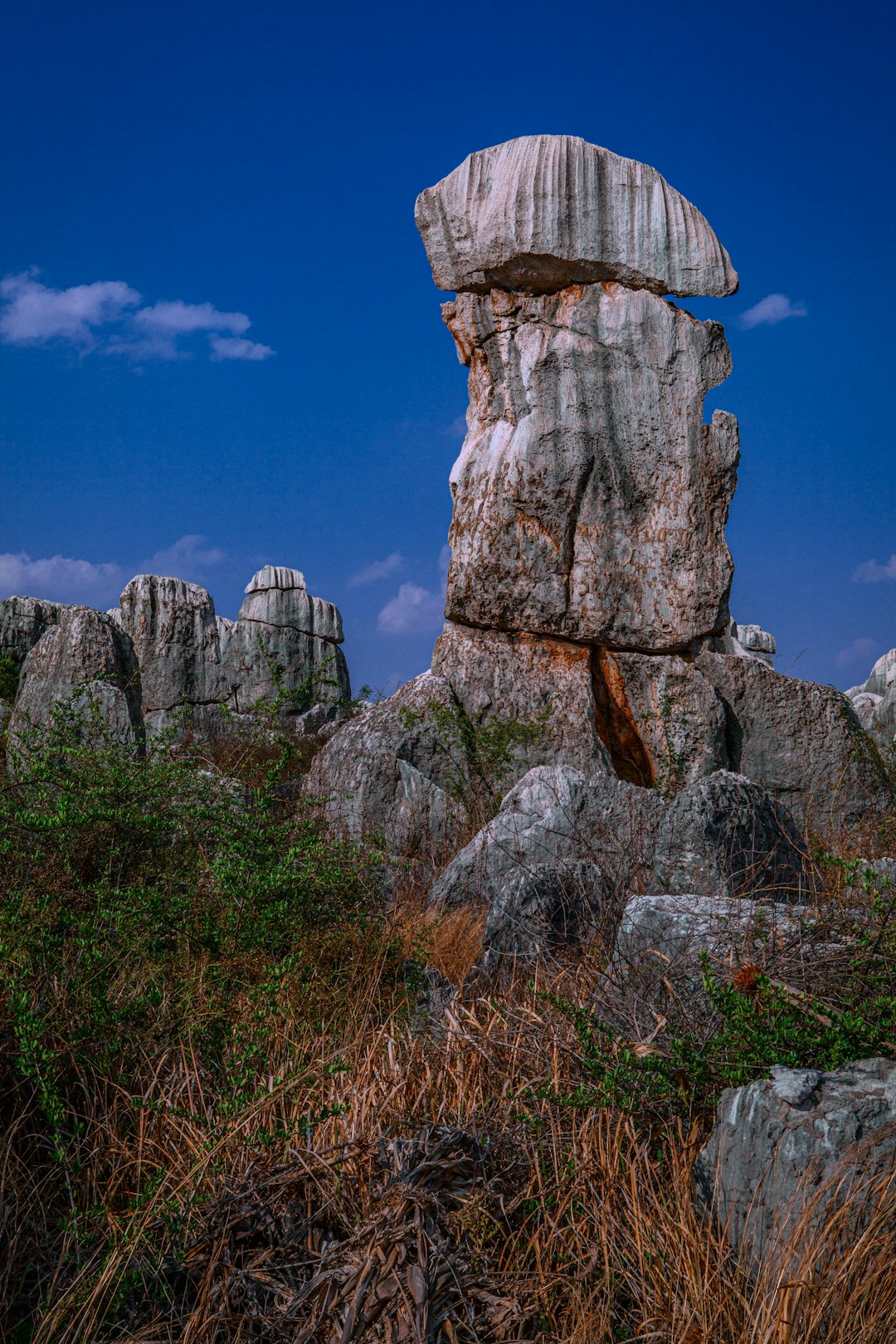Ireland's Alien Landscape: Secrets of The Burren Revealed
Introduction: A Rocky Wonderland
The Burren is one of Ireland's most unique places. It covers 250 square kilometers in County Clare. This rocky landscape looks like another planet. But it holds amazing secrets. The name "Burren" means "great rock" in Irish. It perfectly describes this area.
Imagine walking on limestone pavement. The rocks form crazy patterns. They look like giant puzzle pieces. Between the rocks, beautiful flowers grow. Arctic plants live beside Mediterranean species. This seems impossible. But it happens here. The Burren is a special place for nature lovers.
This area has ancient history too. People lived here for over 6,000 years. They left behind tombs, forts, and churches. Each stone tells a story. The Burren shows how nature and humans connect. It teaches us about survival and adaptation.
This guide will explore everything about The Burren. You will learn its geology, plants, animals, and history. We include practical tips for visiting. Get ready for an amazing journey. Discover why this place fascinates scientists and tourists alike.
The Geology Behind The Stone Landscape
The Burren's rocks formed 350 million years ago. They began as coral reefs in a warm sea. Over time, the sea disappeared. The reefs became limestone. This stone is mostly calcium carbonate. It dissolves in rainwater. This creates the unique pavement patterns.
How The Limestone Pavement Forms
The limestone pavement has two main parts. First, clints are the flat stone surfaces. Second, grikes are the cracks between them. Rainwater makes these cracks wider. It dissolves the limestone slowly. This process is called karstification.
Grikes can be very deep. Some reach several meters down. They create mini habitats. Plants grow in these protected spaces. Animals find shelter there too. The pavement acts like a natural greenhouse.
The Last Ice Age's Role
Glaciers shaped The Burren during the Ice Age. Ice sheets scraped the land clean. They removed soil and exposed bedrock. When the ice melted, it left behind new features. These include erratics and glacial striations.
The ice also brought new rocks. Some stones traveled long distances. You can find granite from Connemara here. This shows how powerful glaciers were.
Unique Flora: Arctic and Mediterranean Together
The Burren has amazing plant life. Over 70% of Ireland's native plants grow here. This includes both Arctic and Mediterranean species. They bloom side by side. This is very rare worldwide.
Spring Flowers Display
Spring is the best time for flowers. The Burren bursts with color. You can see:
- Spring gentians (blue flowers from mountains)
- Mountain avens (Arctic plants)
- Early purple orchids
- Bloody cranesbill (Mediterranean species)
The limestone stores heat from the sun. It releases this heat slowly. This keeps plants warm at night. The grikes protect them from wind. This special environment helps different plants survive.
Rare and Protected Species
Several rare plants grow in The Burren. The Irish orchid is found only in few places. The dense-flowered orchid is another special plant. Conservation groups protect these species. Visitors should never pick flowers.
The Burrenbeo Trust works to preserve this area. They educate people about its importance. Their efforts help maintain biodiversity.
Wildlife of The Burren
Animals thrive in this rocky landscape. Many species adapted to special conditions. Some are common, others are rare. All play important roles in the ecosystem.
Mammals and Larger Animals
The Burren hosts various mammals. Irish hares are often seen. They are larger than rabbits. Foxes and badgers live here too. Bats use caves for roosting. Nine bat species call The Burren home.
Farming animals are important too. Burren goats roam freely. They help control vegetation. Traditional farming supports biodiversity. Cows graze in winter only. This protects summer flowers.
Insects and Small Creatures
Butterflies love The Burren's flowers. The pearl-bordered fritillary is one special species. Bees and other pollinators are abundant. They help plants reproduce.
The Burren has unique snails too. Some species live only in this area. They hide in grikes during dry periods. They come out when it rains.
Ancient History and Archaeology
People lived in The Burren for thousands of years. They left behind amazing structures. These show their skills and beliefs. Exploring these sites is like time travel.
Megalithic Tombs
Poulnabrone Dolmen is the most famous site. It is a portal tomb from 3800 BC. Archaeologists found human remains here. They discovered 33 people buried at this site. The tomb aligns with solar events.
There are over 70 megalithic tombs in The Burren. Each has unique features. Some are court tombs. Others are wedge tombs. All show respect for the dead.
Medieval Sites
The Burren has important medieval remains. Corcomroe Abbey dates from 1180 AD. Cistercian monks built it. The abbey has beautiful stone carvings. It shows medieval craftsmanship.
Several stone forts dot the landscape. Cahercommaun is a triple-ring fort. It was home to powerful families. The fort protected people and animals.
Practical Visiting Guide
Planning your Burren visit requires some preparation. This section gives practical advice. Follow these tips for a great experience.
Best Time to Visit
Each season offers different experiences:
- Spring (April-June): Best for wildflowers
- Summer (July-August): Warmest weather, most visitors
- Autumn (September-October): Beautiful colors, fewer people
- Winter (November-March): Quiet, dramatic skies
May is perfect for flower lovers. September offers good weather with smaller crowds.
Getting There and Around
The Burren is in County Clare, western Ireland. Shannon Airport is the closest international airport. It is about 45 minutes away by car.
Renting a car gives most flexibility. But public transport options exist. Bus Éireann serves some areas. Organized tours are available too.
What to Bring
Proper preparation makes your visit better:
- Sturdy walking shoes with good grip
- Waterproof jacket (weather changes quickly)
- Water and snacks
- Map or GPS device
- Camera
- Binoculars for wildlife watching
Top Sites Not to Miss
Some Burren locations are especially worth visiting. These sites show the area's diversity. They offer unforgettable experiences.
Poulnabrone Dolmen
This is Ireland's most photographed megalithic tomb. It stands proudly on the limestone pavement. Visit early morning or late evening for best light. The site has good parking and information panels.
Alliwee Cave
Discover The Burren's underground world. This cave system has amazing formations. It was home to brown bears long ago. Guided tours run regularly. The cave maintains constant temperature year-round.
Cliffs of Moher
Though technically separate, the cliffs border The Burren. They rise 214 meters above the Atlantic. Visit the excellent Cliffs of Moher Visitor Experience. It offers stunning views and educational exhibits.
Conservation and Sustainable Tourism
Protecting The Burren is crucial. Tourism brings economic benefits. But it must be managed carefully. Everyone can help preserve this special place.
Leave No Trace Principles
Follow these simple rules:
- Stay on marked paths
- Take all litter home
- Don't pick flowers or move stones
- Keep dogs under control
- Respect local communities
Supporting Local Economy
Choose local guides and businesses. Buy from local craftspeople. Eat at family-run restaurants. This helps communities benefit from tourism. It encourages conservation efforts.
Frequently Asked Questions
How much time do I need to explore The Burren?
At least one full day is recommended. Two days allow deeper exploration. You can see main sites in one day. But more time lets you discover hidden gems.
Is The Burren accessible for people with mobility issues?
Some areas have good access. Alliwee Cave has accessible facilities. The Burren Perfumery has level paths. But much of the landscape is rocky and uneven. Check specific sites before visiting.
Can I camp in The Burren?
Wild camping is generally not allowed. There are designated campsites nearby. These have proper facilities. Always respect private property.
What's the best way to learn about The Burren's plants?
Join a guided walk. Local experts share valuable knowledge. The Burren National Park offers regular programs. Guidebooks are also helpful.
Are there dangerous animals in The Burren?
No dangerous animals live here. The biggest mammals are foxes and badgers. Adders (snakes) are present but rarely seen. They avoid people.
Can I collect rocks or fossils as souvenirs?
No, removing anything from The Burren is illegal. It damages the fragile environment. Take photos instead. They make better souvenirs.
What happens if it rains during my visit?
Rain is common in Ireland. It creates beautiful reflections on the limestone. Bring waterproof clothing. Many sites remain interesting in wet weather. Alliwee Cave is perfect for rainy days.
Real Visitor Experiences
Many people share their Burren stories. Their experiences show why this place is special.
Sarah's Spring Discovery
Sarah visited in May. She joined a wildflower walk. "I saw flowers I never knew existed," she says. "The blue gentians were incredible. Our guide explained how Arctic plants survive here. It changed how I see nature."
Mark's Photography Trip
Mark is a landscape photographer. "The light in The Burren is magical," he explains. "At golden hour, the limestone glows. I got my best shots at Poulanabrone at sunrise. No other place looks like this."
Conclusion: A Landscape Like No Other
The Burren offers a unique experience. It combines amazing geology, special plants, and ancient history. This rocky landscape tells stories of time passing. It shows nature's power to adapt and thrive.
Visiting The Burren changes how you see the world. You understand connections between rocks, plants, animals, and people. You appreciate simple beauty in stone patterns and tiny flowers.
This special place needs our protection. Sustainable tourism helps local communities. It supports conservation work. When you visit, tread lightly. Take memories and photos. Leave only footprints.
The Burren waits to share its secrets. Plan your visit carefully. Come with open eyes and mind. You will discover why this rocky wilderness captures hearts. It truly is one of Ireland's greatest treasures.

